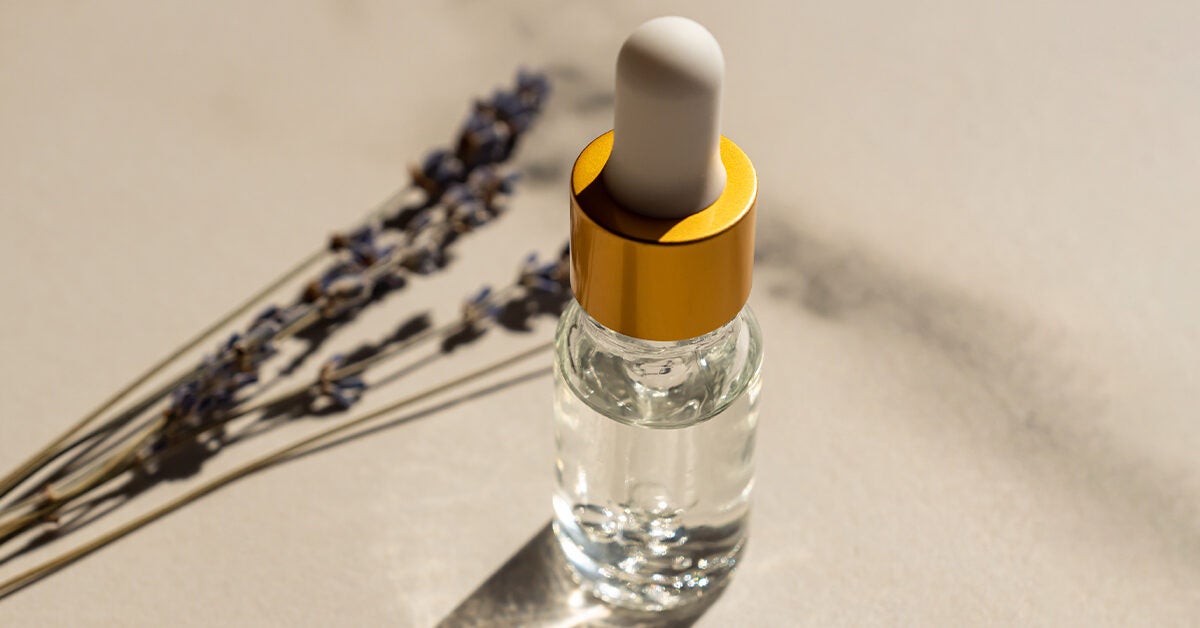
Though anxiety is common, you can rise above it. Here are some uncommon self-help approaches to help you.
Self-help is one of the most empowering things you can do for yourself. Even so, walking to the self-help section of your local book store, or even admitting you’re feeling anxious, can sometimes feel as daunting as the anxiety itself.
It’s time to close the door on stigmatizing self-help and anxiety and open the door toward taking care of ourselves unapologetically.
There are many self-help options for anxiety. And if you’re reading this, you’ve already taken an empowering step toward taking care of yourself.
To help you take it further, here are some self-help exercises for anxiety to consider that may guide you toward relief.
It becomes easier to counter your anxiety when you know your anxiety or what is making you anxious. How you get to know it may be different from someone else, but there are options for everyone.
Maybe you’re someone who likes learning through reading, and reading books about anxiety could help you get to the root of yours.
Or perhaps you’re someone who likes writing it out and would find journaling prompts helpful. If so, here’s a free self-led 7-day challenge from me to you.
Maybe you want to take a quiz to understand your anxiety better. At other times, it might help to step away from your anxiety to understand it (see the next tip).
However you choose to do it, getting to know what stresses you out can help you face and overcome those feelings.
One of the most powerful things you can do for yourself when you’re anxious is to change your physical setting.
If an email triggered your anxiety, consider stepping away from the computer. If an argument has your heart racing, try going into a different room. If your head is spinning trying to solve a problem, it might help to do something else for a little while.
Getting fresh air and stepping outdoors can do wonders. Of course, it’s not always an option to go outside or to step away for long, but consider giving yourself at least a 5-minute pause or change of scenery to reset yourself.
When you’re anxious, you feel everything.
To help you regulate, try engaging your senses. For example, you can make some tea and sip it slowly. Name what you’re tasting. Hints of berry, maybe?
Another thing you can do is use essential oils. Spiritual leadership coach Antoinette Beauchamp swears by lavender oil.
To help you find ease, Beachamp recommends dabbing lavender oil on your wrists, putting them up to your nose, and taking three breaths — inhaling through your nose and exhaling out of your mouth.
Other essential oils for anxiety believed to stimulate calm are:
- ylang ylang
- frankincense
- bergamot
- peppermint
- chamomile
One more sensory exercise you could try is putting on calming music, like binaural beats.
Anxiety is common. In fact, more than
Yet, the benefits of opening up about it can help you feel less alone and discover new ways to overcome it.
Talking with a therapist is one option, but there are also others. You can try joining an online support group for anxiety, talking with a trusted friend or family member, or using an app for on-demand help.
One of the best anxiety self-treatments is deep breathing. It’s common for your breath to quicken or sharpen when you’re anxious because your body is entering fight, flight, or freeze mode.
You can try countering this by deepening and slowing down your breath, which signals to your parasympathetic nervous system that it’s OK to calm down.
Most deep breathing exercises are relatively easy and accessible to manage your anxiety, especially if you don’t have much time. A popular exercise is alternate nostril breathing, which calms the nervous system and relieves tension.
Whether you choose to dance it off or use yoga sequences for anxiety to flow it away, moving your body is a great self-treatment for anxiety.
Anxiety takes up space in your head, and movement will help you get out of your head. Essentially, you’re taking the attention away from your mind and putting it into your body, which can help you reconnect and get grounded.
If going in person to a class or gym makes you more anxious (it happens), then try finding an online studio or instructor that feels nurturing to you. Getting started is always the hardest part, but once you start moving, nothing will likely be able to stop you.
Sleep is critical to your mental well-being. No matter what self-help tools you practice during the day, you could still find yourself feeling anxious if your sleep schedule isn’t regulated.
In his book “Why We Sleep,” Dr. Matthew Walker, professor of neuroscience and psychology at the University of California, Berkeley, says, “The best bridge between despair and hope is a good night’s sleep.”
When your sleep routine is sound, you’ll wake up with a stronger foundation to help you manage your stress throughout the day.
If going to sleep is hard for you, or your anxiety is worse at night, try tapping into one of the calming exercises mentioned above and making a bedtime ritual out of it.
Know that you can still live a life you love, even with anxiety.
The next step is trying a few tools to see what works for you. There are also more resources if you need fast anxiety relief.
You have choices and options to manage your anxiety. And maybe you choose to take a deep breath right now and let out a sigh of relief.

